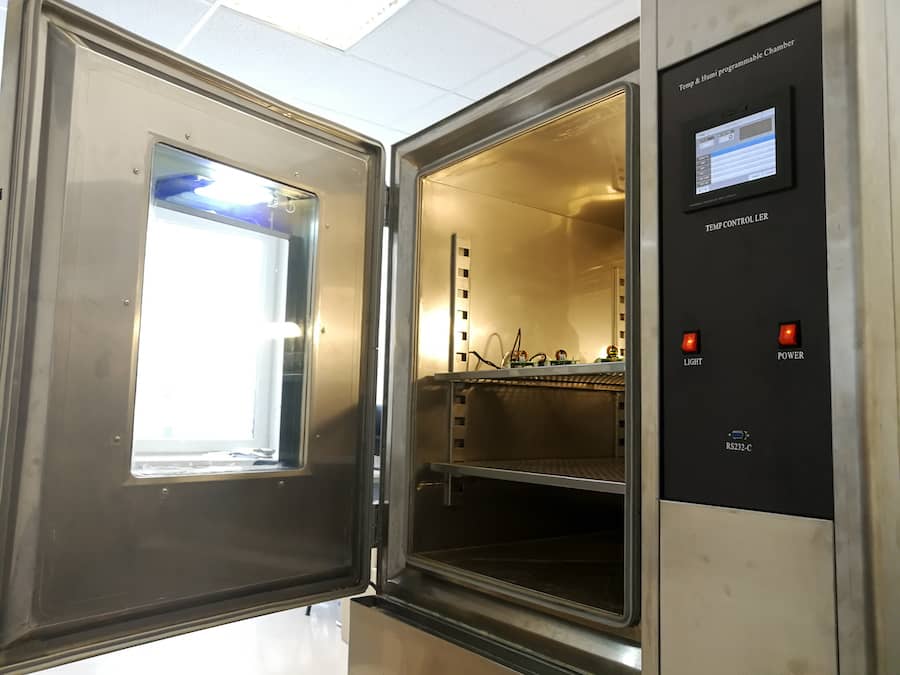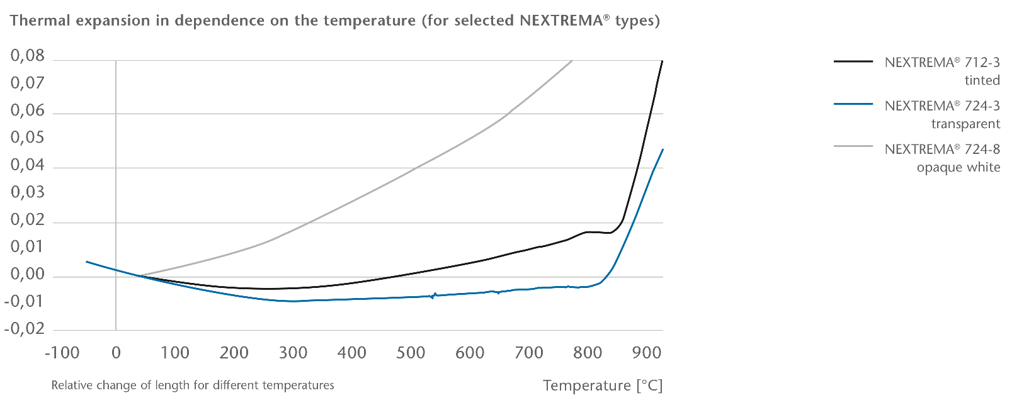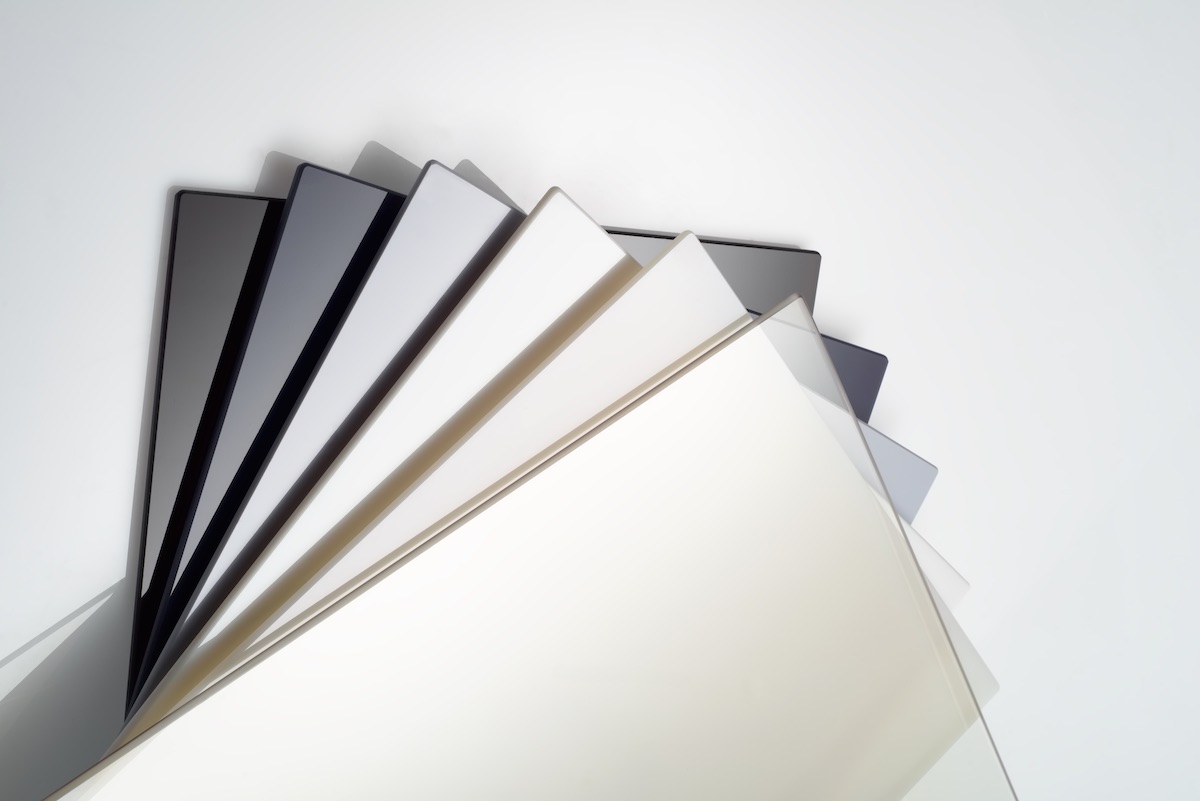Glass-ceramics for Process Viewing Windows of Environmental Simulation Chambers
SCHOTT AG
Materials of all kinds are subject to environmental influences from the sun, rain, wind, or water. This can cause failures in the materials, some of which could be catastrophic. Thankfully, we have systematic protocols in place today to determine the effect of the environment on all materials - metals, polymers, ceramics, glasses, and composites. Bricks, for example, are placed on weather testing racks and left exposed for up to 6 years. This allows for a concise study of the strength and toughness of bricks in realistic conditions. However, it is impractical to test all materials for so long before they are released for commercial production.
Accelerated and artificial simulations are two methods that speed up the rate of testing by exaggerating the conditions a material is subjected to. These are conducted in specialized chambers where atmospheric parameters such as temperature, pressure, humidity, chemical gradients, and radiation can be artificially manipulated. Rapid cycles of heat and cold simulate the effect of day and night. Similarly, humidity and salt gradients substitute for the effect of rain, seawater, and corrosive effluents. These chambers have become indispensable to the engineering community and have come to be called environmental simulation chambers.

Environmental simulation chambers
Environmental simulation chambers can range from huge structures that occupy an entire building, to small desktop devices.
The main classes of simulation chambers in use today are for salt spray testing, polymer weathering, cyclic corrosion testing, thermomechanical fatigue, and radiation testing.
Salt spray testing
Salt spray testing chambers create a 5% NaCl mist that a sample is made to endure for a certain duration. These are mainly used for testing the corrosion resistance of steels and other alloys along with their surface coatings. ISO9227 standards specify the exact number of hours that the sample needs to be in the chamber before it is tested for certification. Varying the amount of salt in the mist and adding acetic acid, sulphur dioxide, or copper chloride allow simulation of extreme acidic and corrosive conditions.
Cyclic corrosion chambers
Cyclic corrosion chambers are preferred today over salt spray chambers because they allow faster evaluation of material samples and are considered more realistic simulation environments. These are used commonly in the automotive industry as a means to study galvanic and crevice corrosion on metallic parts. These chambers subject a car part to several stages of heat, humidity, and pollution in repeating cycles.
The first stage is similar to a typical salt spray test, where a salt mist is sprayed on the part or else it is completely immersed in saltwater. The chamber is then air-dried and subject to high heat and humidity. This is followed by more condensation testing and further drying. These cycles are repeated for as many times as the reference standard requires, which could vary from 72 hours to several days.

Suitable material for process windows
The purpose of the environmental testing chambers is to test the performance of materials during and after exaggerated environmental weathering. In many cases, this requires temporarily halting the simulation, opening the chamber, and running tests on the sample. In other cases, such as evaluating the performance of surface coatings on metals or ceramics, a simple visual inspection is usually all that is required. In either case, the chamber needs to be monitored carefully, and the sample must be inspected for damage.
Viewing windows made from glass-ceramics have the potential to vastly simplify environmental test chambers. For example, the transparent NEXTREMA® glass-ceramic from SCHOTT has a temperature resistance of up to 925 °C and thermal shock resistance of up to 820 °C. Offering different thicknesses, this makes it an ideal window material for a simulation chamber.
With a special IR reflective coating, NEXTREMA® additionally blocks outgoing IR radiation while remaining transparent in the visible spectrum. This allows an unbridled view into the interior without opening the chamber at any time and most importantly, enables a more stable chamber temperature.
NEXTREMA® glass-ceramics have a near-zero thermal expansion as the graph of the temperature coefficient of expansion below can attest. Notice that the expansion up to 700 °C is less than 1. The chemical-resistant material offers reliable protection against gases, acids, and bases in aggressive process surroundings. They do not outgas even in vacuum conditions, making them the perfect material for spacecraft and other high vacuum equipment.

The variation of the thermal coefficient of expansion with temperature. (SCHOTT AG)
The non-porous and chemically resistant glass-ceramic surface makes it easy to clean, reducing the need for maintenance. In addition, they are inert to standard environments and chemicals such as salts, acids, and vapours used in an environmental simulation chamber. The glass-ceramics show no material degradation, even in highly corrosive environments.
The value in NEXTREMA® glass-ceramics
Due to the composition and the unique combination of properties, NEXTREMA® makes a perfect material for environmental simulation chambers that cycle through high and low temperatures rapidly. Most traditional glasses will not survive the combination of heat, cold, corrosive agents, and humidity. NEXTREMA® hardly blinks.
Currently, NEXTREMA® is available in six varieties based on their optical transmission properties. Besides the transparent variant, the opaque types, in particular, are used as inner lining with insulating properties:
2. NEXTREMA® translucent white
5. NEXTREMA® translucent bluegrey
All of them have high mechanical strength in addition to the thermal properties mentioned above. They are available in cut-to-size panels up to 1,900 mm x 1,050 mm. Customised panorama viewing panels can be fabricated according to your quality, reliability, and safety standards.
NEXTREMA® glass-ceramics come from Schott AG, a company with 130 years’ experience in specialty glass and glass-ceramic. Let your products get the benefit of their ever-increasing technical capabilities and broad expertise in the glass industry and beyond.
Visit the SCHOTT AG supplier page for more information on their materials listed on Matmatch and to get in direct contact with them.

Artikel von <a href=/suppliers/scho-schott-ag-nextrema-> SCHOTT AG - NEXTREMA® </a>SCHOTT AG - NEXTREMA®
SCHOTT is a leading international technology group in the areas of specialty glass and glass-ceramics. The company has more than 130 years of outstanding development, materials and technology expertise and offers a broad portfolio of high-quality products and intelligent solutions. SCHOTT is an innovative enabler for many industries, including the home appliance, pharma, electronics, optics, life sciences, automotive and aviation industries. SCHOTT strives to play an important part of everyone’s life and is committed to innovation and sustainable success. The parent company, SCHOTT AG, has its headquarters in Mainz (Germany) and is solely owned by the Carl Zeiss Foundation. As a foundation company, SCHOTT assumes special responsibility for its employees, society and the environment. This is also what the SCHOTT NEXTREMA® brand stands for. With high-performance glass-ceramic, SCHOTT offers a portfolio of materials that opens completely new fields of application for engineers and designers with its exceptional technical properties. As a real multi-talent, NEXTREMA® demonstrates what makes glass-ceramic a ground-breaking and unique solution, particularly in high temperature environments.

